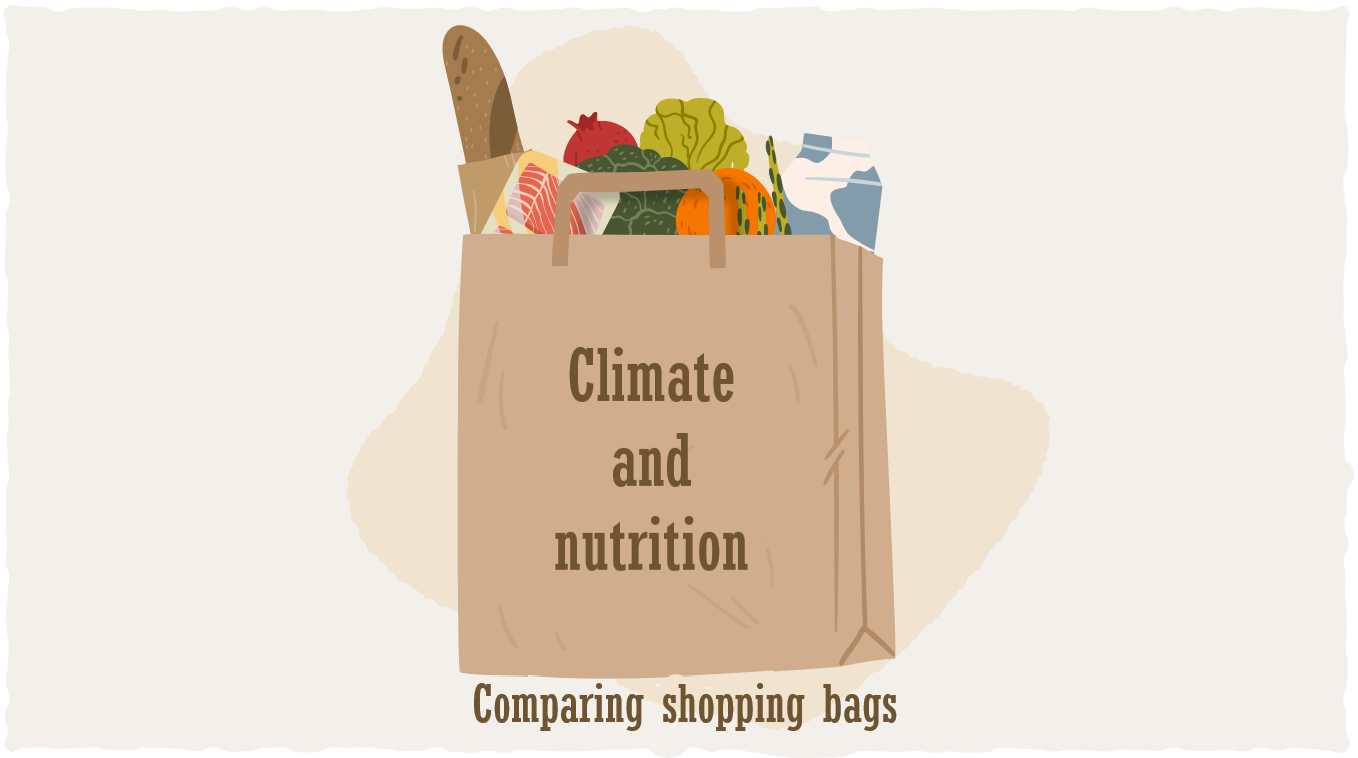Climate and nutrition – comparing shopping bags - MTK en
News
Climate and nutrition – comparing shopping bags
10.02.2022
Finnish Central Union of Agricultural Producers and Forest Owners (MTK) ordered a report about the nutritional content and climate impacts of average Finn’s shopping bag. Report was made by comparing the nutritional richness and CO2 emissions of 5 different bags of food. Main finding was that the bag with most variety of products had the highest score of nutrients and was also good for environment.
All bags were put together based on average consumption data on S-groups stores from year 2020. The five bags viewed were organised by the following way:
- Under 35-years old single or couple living in a big city (bag not containing dairy or meat)
- Family with kids anywhere in Finland
- 35-64 years old single or couple living in urban area
- Over 65 years old single or couple living in a rural area
- Fifth bag was made to follow official Finnish nutrition recommendations
When compared the bag composed to follow official nutrition recommendations was found to be the best when looking at both nutritional contain and level of CO2 emissions. When only the CO2 emissions were viewed the bag of under 35 years old had lowest count. Nutrition density and level of CO2 emissions were put together as a CO2‒nutrition density index. When that index was viewed the bag following nutrition recommendations and the bag of under 34-years old ended up on a same level.


“Nutrition and CO2 emissions of food are often discussed separately but they should also be viewed together. If shopping bag contains variety of products, you will get most of different nutrients and CO2 emissions of single products won’t have such a big impact” tells Senja Arffman, legalized nutritionist and leading professional on calculation of carbon footprints at Envitecpolis, who conducted the report.

It can be stated that variety of diet and reasonableness contribute to getting enough nutrients and limit the impact of single products CO2 emissions. Favoring local vegetables, berries, fruits and whole wheat products will improve nutritional density and decrease CO2 emissions. Single product does not save or destroy anyone’s diet, it’s the big picture that matters.
More information:
MTK Ruokakassivertailu: https://www.mtk.fi/-/ruokakassivertailu (in finnish)
Senja Arffman, senja.arffman(at)envitecpolis.fi
Klaus Hartikainen, klaus.hartikainen(at)mtk.fi
topics: publications

